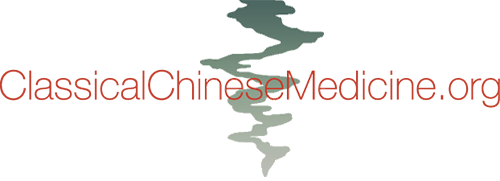Gu Syndrome with Dr. Heiner Fruehauf, PhD, LAc (Episode #116)
WITH HEINER FRUEHAUF
INTERVIEW BY SCOTT FORSGREN
In a wide-ranging interview with health writer Scott Forsgren, Heiner outlines the unique relevance of anti-Gu treatment strategies for many modern mystery afflictions such as Lyme disease, fibromyalgia and chronic fatigue disorder. He shares practical advice based on his own clinical experience with inflammatory disorders that involve chronic overwhelm of the immune system by multiple layers of inflammatory pathogens like viruses, spirochetes, fungi and a variety of recalcitrant biofilms. Heiner points, out, moreover, that ancient Gu Syndrome treatment approaches may even contain potential lessons for the treatment of COVID-19.

 […]
[…]